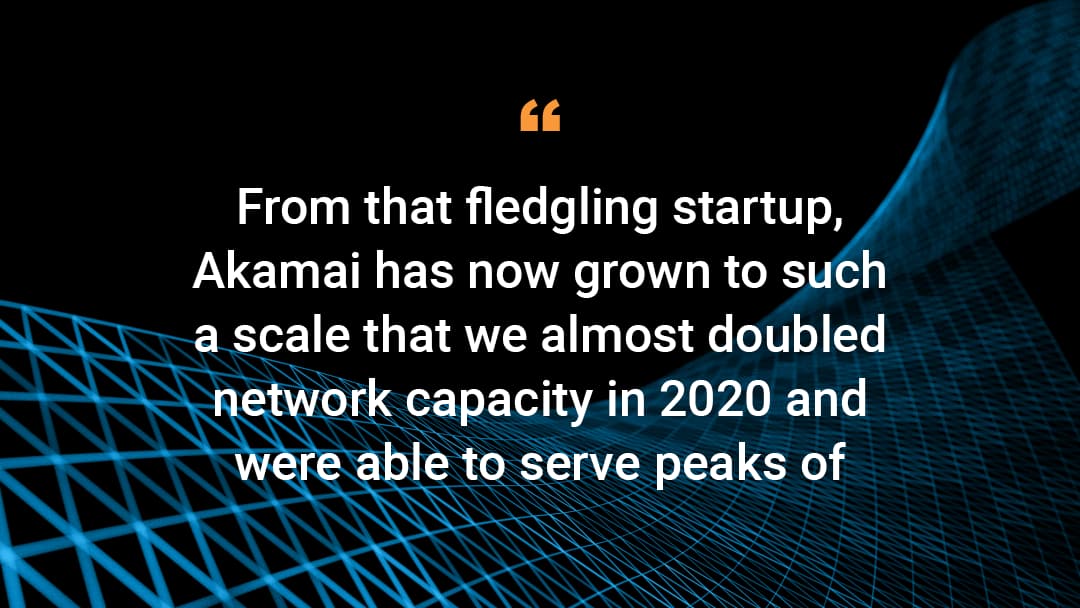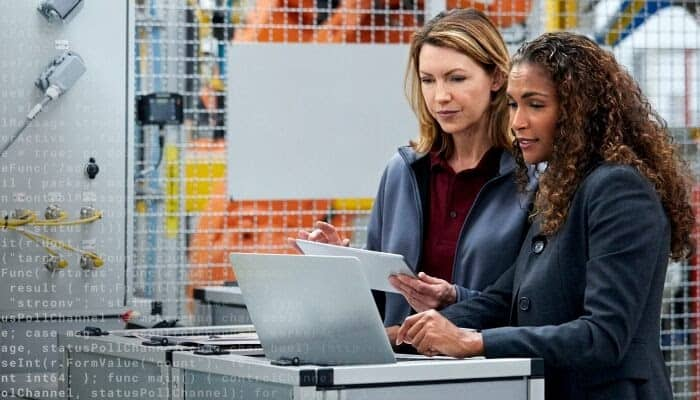Maintaining an Energy-Efficient Edge Platform

Over the past 20 years, we've seen a lot of growth at Akamai. When I started here, we used to have traffic peaks of almost 200 Mbps. From that fledgling startup, Akamai has grown to such a scale that we almost doubled network capacity in 2020 and were able to serve peaks of almost 200 Tbps. In short, just like the internet, Akamai has undergone quite the evolution. But as we've grown, so have our environmental impacts. In fact, the internet as a whole is responsible for more than 2% of global emissions -- the same impact as the airline industry. Our online streaming, learning, working, shopping, and playing habits have all started to add up.

At Akamai, we understand these impacts and do our best to mitigate them, but it is no easy feat. The complicating factor is not the choice to make our network more sustainable -- that's a no-brainer. Instead it's choosing where to focus our sustainability efforts for the best outcome so that we're still meeting and exceeding the new and ever-changing demands of our customers and their customers.
That's why we have a two-pronged approach to the sustainability of our network. The first is efficiency. Lucky for us, efficiency and sustainability go hand in hand. Improving the efficiency of the network means that we require less energy and less infrastructure to power our operations. To do this, we must understand our customers' needs and how our deployed infrastructure is suited to meet them. Right-fitting customer workflows to the appropriate capabilities on our platforms can mean a major improvement in server efficiency and power utilization. Furthermore, we track in great detail how we utilize platform resources (CPU, power, disk, network, etc.) in meeting customers' needs so that we can optimize the hardware and software to have the best possible and most sustainable products in the future. To read about these efficiency programs in more depth, check out our recently released sustainability report.
I'd love to say that the efficiency portion of our program is purely altruistic, but that's not the case. Decreasing the energy needed to power our network also benefits our bottom line. By making our network less energy-intensive, we save on energy costs and actually improve performance for end users.
If maintaining an energy-efficient edge is just a part of a viable business model, what true value does this bring to sustainability? The second prong of our approach is where our sustainability efforts shine: in our renewable energy procurement. While we'll always be improving the efficiency of the network, we have a very broad choice when it comes to procuring energy to power our operations. We are constantly working to source power from truly renewable sources with, today, more than 50% of our global network powered with clean energy. We also support projects worldwide to bring more renewable energy to market. To learn more about our renewable energy sourcing approach, read the blog about Akamai's renewable energy aggregations.
From a technology perspective, our program is a mix of opportunity and responsibility. As a science and data-driven company, it's our responsibility to heed the findings on climate impact. We are all contributing to climate change, Akamai included. The data tells us that focusing on sustainability is the right thing to do, and we're acting upon that call. It's good for our customers, employees, communities, and shareholders, and it's good for the planet. Really, it's a win-win.





